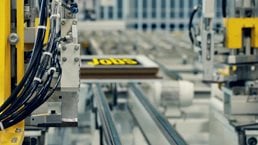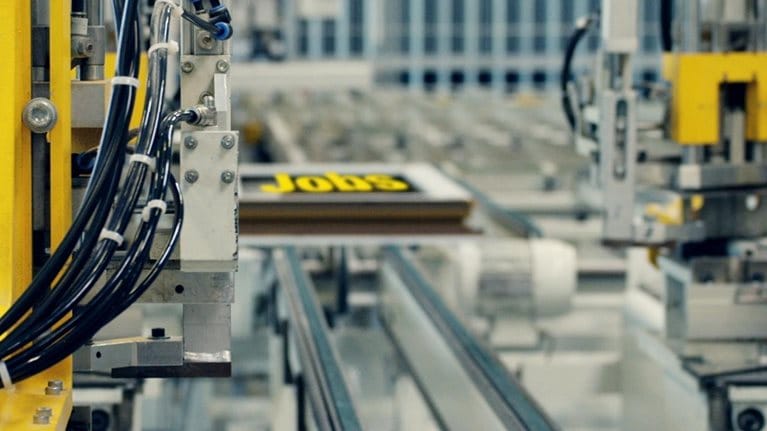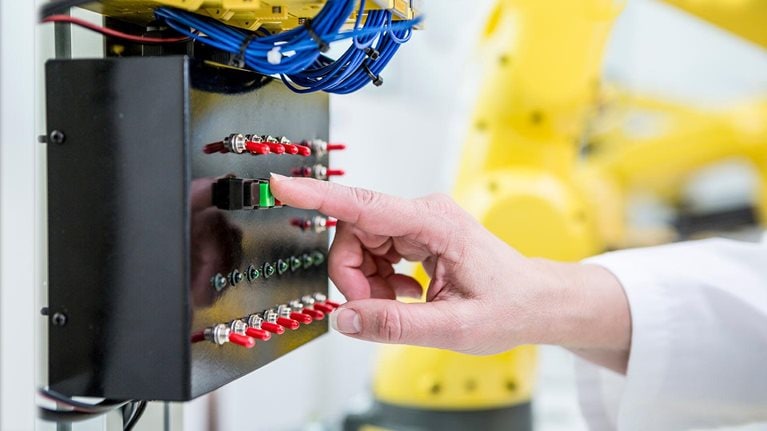Automation has been a fixture in organizations for as long as most of us can remember. Companies have used it not just to optimize labor costs but also to boost the speed at which new products and processes can be developed and launched, as well as to reduce errors and reap other performance benefits. Governments have an interest in encouraging automation adoption, since it will help boost the productivity of national economies and raise growth.
Stay current on your favorite topics
These benefits are being overshadowed today by near-term advances in automation technologies—including artificial intelligence, machine learning, and robotics—which now raise new concerns about the future of work. Will there be enough work to ensure full employment, and if so, what will those jobs look like? Which occupations will thrive, and which will wither? How will training programs and wages need to change as machines perform many of the tasks humans do now?
Ongoing research from the McKinsey Global Institute (MGI) is attempting to address some of these questions, offering an empirical perspective on the complicated public debate. Some of our key findings to date include the following:
- More than one-third of activities could be automated for about 60 percent of occupations. That means people will increasingly need to work with machines across sectors.
- As many as 375 million workers globally (14 percent of the global workforce) will likely need to transition to new occupational categories and learn new skills, in the event of rapid automation adoption. If their transition to new jobs is slow, unemployment could rise and dampen wage growth.
- Technology adoption can and often does cause significant short-term labor displacement. But history shows that, in the longer run, it creates new jobs and unleashes demand for existing ones—more than offsetting the number of jobs it destroys even as it raises labor productivity.
Governments have a critical role to play in ensuring that labor markets and economies thrive in the wake of advanced automation. They will likely need more (not less) data-driven feedback as they determine how to set smart policies, make investments, and provide services relevant to those working in the “new normal.” Ensuring that their policies maintain robust demand growth to support job growth is an essential prerequisite; history shows that economies that are not expanding do not create jobs.
Would you like to learn more about our Public Sector Practice?
Beyond that, government leaders will need to focus on several imperatives:
Modernize education systems. MGI’s analysis of the capabilities most in demand in this era of advanced automation points to the need for not just technical skills but also teamwork, creativity, high levels of communication, and a range of social and emotional skills. However, educational models worldwide have not fundamentally changed since schools were primarily geared toward ushering students into the industrial era rather than the knowledge economy. Governments and educators need to update the methods by which they develop human capital. They could encourage, identify, and cofinance innovative pilot programs that address known skills gaps among workers, postsecondary students, and youth, and then scale the ones that work. Apprenticeship programs in countries such as Germany, Korea, and Switzerland have shown to be powerful for imparting both “hard” and “soft” skills and have particularly benefited youth newly entering the workforce. Policy makers and business leaders working with education providers could improve science, technology, engineering, and math (STEM) skills through school systems, and put a new emphasis on creativity as well as critical and systems thinking.
Expand support for workers in transition. Over the past few decades, investments and policies supporting the workforce have eroded; public spending on training has fallen in most countries. But effective retraining will be critical for midcareer workers who will need to transition to new occupations and different types of work alongside machines. Flexibility and adaptability will be the new workforce mantras. Governments will need to refocus their labor agencies on supporting reemployment and the acquisition of new skills rather than monitoring unemployment benefits or controlling for fraud. Workers will need to take an active role in their own retraining—but labor agencies can help to provide the necessary tools, programs, and guidance. And it will be incumbent on governments to introduce policies and practices that can help reduce the barriers to worker mobility—for instance, availability of affordable housing and access to quality education.
Assess how labor markets are functioning. In this age of advanced automation, it is important to assess whether it can be assumed that everyone who works can support a decent standard of living. Having a healthy consumer class is essential for both economic growth and social stability. Some countries already have established income-supplementation programs, such as the earned income tax credit in the United States, or the Workfare Income Supplement scheme in Singapore.

What the future of work will mean for jobs, skills, and wages
Use real-time data. As they monitor how labor markets are functioning, governments will need access to lots of economic data. They should seek to supplement static national economic data with real-time data on the adoption of automation technologies, job openings, skills in demand, and how individuals are coping with job transitions. Government statistics agencies could collaborate with job boards, social-media sites such as LinkedIn, and private companies to create a more detailed picture of jobs, skills, wages, and individual mobility and career moves.
Incubate new technologies. Governments can support the development and deployment of advanced automation and other emerging technologies by investing in basic and applied research, and by supporting the buildout of digital infrastructure. There are a number of next-generation start-ups establishing themselves in vibrant cities such as Amsterdam, Barcelona, and Dublin. TechLondon, the city of London’s online platform for connecting and supporting entrepreneurs, boasts more than 70 business incubators and accelerators. Other governments similarly have an opportunity to provide the incentives, access to capital, and digital infrastructure that will attract the next Alibaba, Google, or Tencent.
Governments’ ability to respond to the coming workforce transitions resulting from advanced automation is not just a question of coming up with smart policies. It involves recognizing the technology’s power to increase productivity in national economies and improve lives. Policy makers might not be able to fully predict the new activities and occupations that will emerge from our increased use of advanced automation—which jobs will stay and which roles might go away—but they can help create the conditions under which innovation and growth become more likely.
This article first appeared in ETHOS (Issue 18, January 2018, pp. 42–7), a publication of the Civil Service College, Singapore. For more information, please visit csc.gov.sg.


